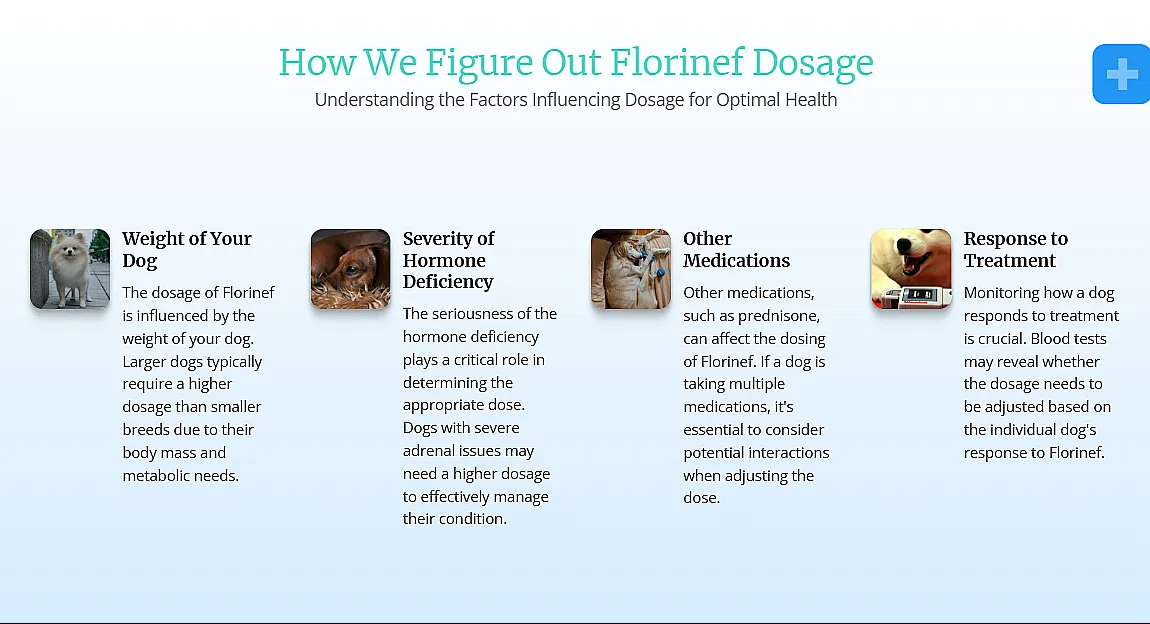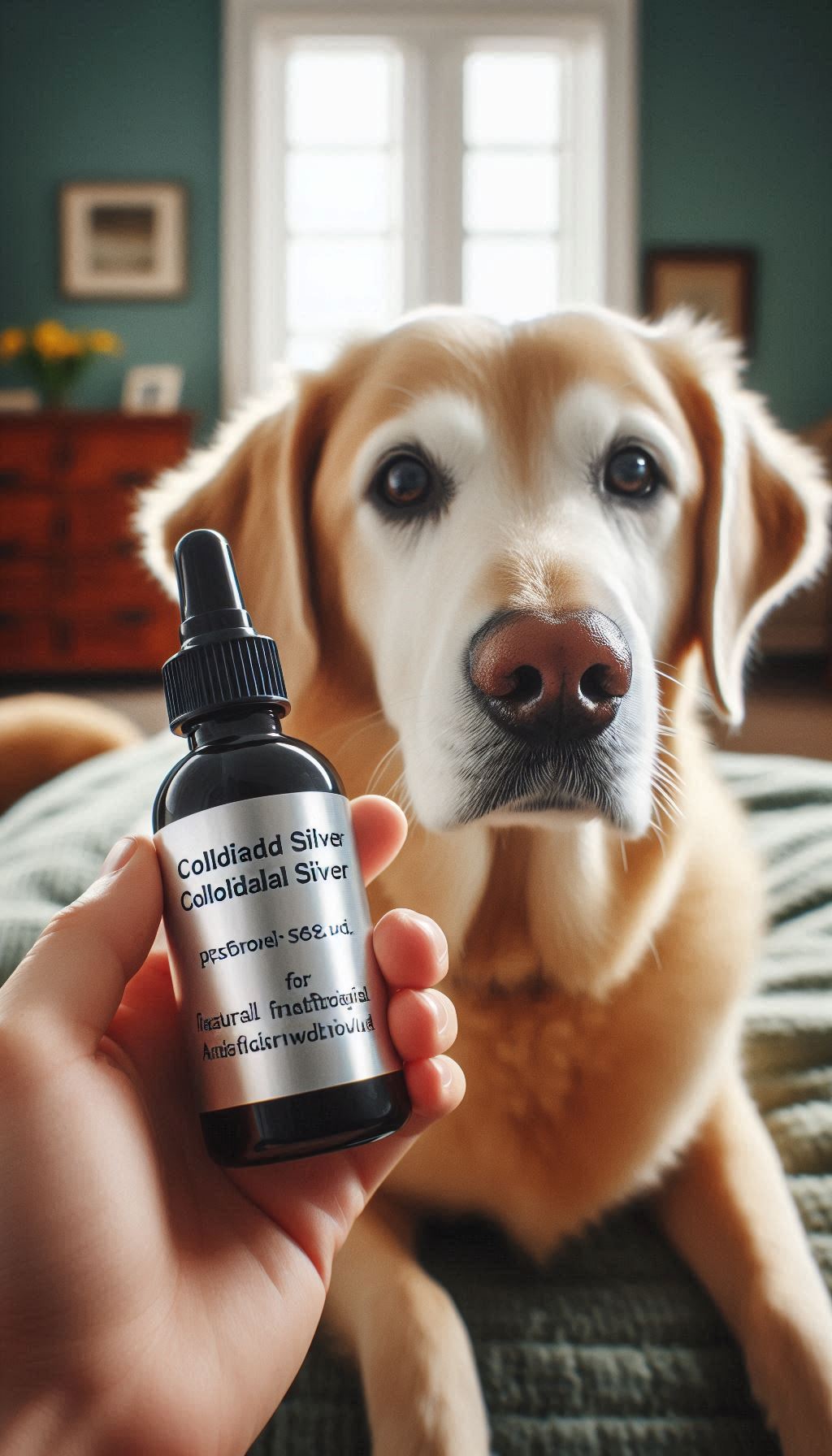Welcome to our blog post on the long-term effects of spaying on your dog’s health and behavior. Spaying, or the surgical removal of a female dog’s uterus and ovaries, is a common practice recommended by veterinarians for various reasons.
While the primary goal of spaying is to prevent unwanted pregnancies and eliminate the risk of reproductive diseases, it can also have significant effects on your dog’s overall health and behavior in the long run.
In this article, we will explore the physical and behavioral effects of spaying, as well as its potential long-term health benefits and risks. So let’s dive in and learn more about what to expect when you choose to spay your dog!
Why spaying is a common practice
Spaying is a common practice recommended by veterinarians for several reasons. Firstly, it helps prevent unwanted pregnancies and reduces the overpopulation of dogs.
By spaying your dog, you are contributing to the control of the pet population. Additionally, spaying can eliminate the risk of reproductive diseases such as uterine infections and breast cancer.
It also helps to reduce the occurrence of certain behavioral problems that may arise during heat cycles, such as excessive vocalization and mounting behavior.
Overall, spaying is considered an essential step in responsible pet ownership and promotes the health and well-being of your dog.
Benefits of spaying for dog’s health and behavior
When it comes to your dog’s health and behavior, spaying can offer numerous benefits.
It helps prevent certain health issues such as uterine infections and breast cancer in female dogs, while also reducing the risk of testicular cancer in males.
Spaying can also have positive effects on behavior by reducing aggression and eliminating behaviors associated with heat cycles, such as excessive vocalization and mounting.
Overall, spaying promotes a healthier and more balanced life for your dog, allowing them to enjoy a happier and stress-free existence.
Physical Effects of Spaying
Spaying your dog can have physical effects on their body.
One of the main changes is the reduction in hormone levels, as the ovaries are removed during the procedure. This can result in a decrease in behaviors associated with heat cycles and can help prevent uterine infections and breast cancer in females.
Additionally, spaying can impact metabolism and weight, making it important to monitor your dog’s diet and exercise to prevent obesity.
It’s crucial to discuss these potential physical effects with your veterinarian before deciding to spay your dog.
Changes in hormone levels due to spaying
When you spay your dog, the removal of the ovaries leads to a significant decrease in hormone levels. Estrogen and progesterone, which are responsible for behaviors associated with heat cycles, are no longer produced.
This can result in a decrease in related behaviors such as pacing, whining, and attracting male dogs.
Additionally, the absence of these hormones can help prevent uterine infections and significantly reduce the risk of breast cancer in female dogs.
It’s important to discuss these hormonal changes with your veterinarian and understand how they may affect your dog’s behavior and overall health.
Potential impact on weight and metabolism
After spaying your dog, you may notice some changes in weight and metabolism.
It is common for dogs to experience weight gain after the procedure due to a decrease in metabolism and maturation. This can be managed by monitoring your dog’s weight and adjusting their diet with the guidance of a veterinarian.
Regular exercise and portion control are key in maintaining a healthy weight.
Keep in mind that each dog is unique, so it’s important to consult with your veterinarian for personalized recommendations regarding your dog’s nutrition and weight management.
Behavioral Effects of Spaying
Spaying your dog can have significant behavioral effects.
- One common change is a reduction in aggressive behavior, as spaying eliminates the hormonal fluctuations that can contribute to aggression.
- Additionally, spayed dogs may have a decrease in mating behaviors such as roaming and marking territory. However, it’s important to note that each dog’s behavior can be unique and outcomes may vary.
Consulting with a veterinarian and providing appropriate training and socialization can help address any behavioral changes that arise after spaying.
Reduction in aggressive behavior
Spaying your dog can lead to a reduction in aggressive behavior. When a female dog is spayed, hormonal fluctuations are eliminated, which can contribute to a decrease in aggression towards both people and other dogs.
This means that your spayed dog may be less likely to display aggressive behaviors such as growling, biting, or lunging. It’s important to note that each dog’s response may vary, and proper training and socialization are still essential for managing any existing behavioral issues.
Consulting with a veterinarian can provide guidance on addressing aggression and promoting positive behavior in your spayed dog.
Effect on mating behaviors
Spaying your dog can have a significant impact on their mating behaviors. When a female dog is spayed, their heat cycles are eliminated, which means they will no longer go through the hormonal changes that drive mating behaviors.
This can result in less roaming, aggressive behavior, and escaping attempts to find a mate. Spaying also reduces the chances of unwanted pregnancies and the risk of reproductive diseases.
It is important to consider these behavioral changes when deciding to spay your dog and consult with a veterinarian for guidance specific to your pet’s needs.
Long-Term Health Benefits of Spaying
Spaying your dog can provide long-term health benefits.
By removing the reproductive organs, you reduce the risk of reproductive-related health issues such as uterine infections and mammary tumors.
Spayed dogs are also less likely to develop certain types of cancer, including ovarian and uterine cancer.
Additionally, spaying helps prevent uterine and ovarian diseases that can be life-threatening for your dog.
This procedure can improve your dog’s overall quality of life and ensure they live a healthier, happier life for years to come.
It’s important to consult with a veterinarian to understand the specific benefits for your individual dog.
When you choose to spay your dog, you significantly reduce their risk of developing reproductive-related health issues.
Spaying eliminates the possibility of uterine infections, which can be life-threatening. It also prevents the formation of mammary tumors, reducing the chances of breast cancer.
Additionally, spayed dogs are less likely to suffer from uterine and ovarian diseases that can have serious implications for their overall well-being.
By opting for spaying, you are prioritizing your dog’s long-term health and ensuring a happier and healthier life for them.
Lowered risk of certain types of cancer
Spaying your dog significantly lowers their risk of developing certain types of cancer.
By removing the reproductive organs, you eliminate the possibility of ovarian and uterine cancers.
Additionally, spaying reduces the chances of mammary tumors, which can be malignant in dogs.
These benefits are especially pronounced when dogs are spayed before their first heat cycle. It is important to note that early spaying is key to maximizing these health advantages.
Potential Risks and Side Effects
It is important to be aware of the potential risks and side effects associated with spaying your dog.
While spaying is generally safe, there are surgical risks and complications that can occur, such as infections, excessive bleeding, or reactions to anesthesia.
Additionally, some dogs may experience urinary health issues after being spayed.
It is crucial to closely monitor your dog during the recovery period and follow post-operative care instructions provided by your veterinarian.
If you have any concerns or notice any unusual symptoms, consult with your vet promptly to ensure your dog’s well-being.
Surgical risks and complications
When it comes to spaying your dog, there are potential surgical risks and complications that you should be aware of.
While spaying is generally safe, there is always a small risk of infection, excessive bleeding, or reactions to anesthesia.
It is important to closely monitor your dog during the recovery period and follow post-operative care instructions provided by your veterinarian.
If you notice any unusual symptoms or have any concerns, don’t hesitate to contact your vet immediately for guidance.
Your veterinarian will be able to address any issues and ensure your dog’s well-being throughout the spaying process.
Potential impact on urinary health
Spaying your dog may have some potential impact on their urinary health.
Some studies suggest that spayed female dogs have a higher risk of developing urinary incontinence, which is the unintentional loss of urine.
This condition can occur due to the hormonal changes that happen after spaying. However, it’s important to note that not all spayed dogs will experience urinary incontinence.
If you notice any changes in your dog’s urination habits or suspect they may be experiencing urinary issues, it is crucial to consult with your veterinarian for proper evaluation and guidance.
Considerations before Spaying
Before making the decision to spay your dog, there are a few important considerations to keep in mind.
Firstly, timing is crucial. It is often recommended to spay dogs before their first heat cycle, as this can reduce the risk of certain health issues.
Consulting with a veterinarian is essential in order to determine the optimal timing for your dog’s spay surgery.
Additionally, discussing any concerns or questions you may have about the procedure, recovery, and potential costs will help you make an informed decision that is best for your dog’s health and well-being.
Timing of spaying
Timing is an important factor to consider when deciding to spay your dog. It is often recommended to spay dogs before their first heat cycle, as this can reduce the risk of certain health issues.
The optimal timing for spaying may vary depending on the breed and size of your dog, so consulting with a veterinarian is crucial.
They will be able to guide you on the best timing for your dog’s spay surgery based on their individual needs and health status.
By getting the timing right, you can ensure the procedure has maximum benefits for your dog’s long-term health and behavior.
Consulting with a veterinarian
When making the decision to spay your dog, it is important to consult with a veterinarian.
They have the expertise and knowledge to guide you in determining the best timing for the procedure based on your dog’s breed, size, and overall health.
A veterinarian can assess any potential risks or complications that may arise during the surgery and provide personalized advice for your specific situation.
They can also address any concerns or questions you may have regarding the long-term effects of spaying on your dog’s health and behavior.
Consulting with a veterinarian ensures that you make an informed decision that is in the best interest of your furry friend.
FAQ: Long-Term Effects of Spaying on Your Dog’s Health and Behavior
What does spaying a dog involve?
Spaying, also known as ovariohysterectomy, is a surgical procedure in which both the ovaries and the uterus are removed from a female dog. This makes her unable to reproduce and eliminates her heat cycle.
How does spaying affect my dog’s long-term health?
Spaying can have several positive long-term health effects for your dog:
Reduces the risk of mammary cancer: Especially if done before the first heat cycle.
Prevents uterine infections and diseases: Such as pyometra, which can be life-threatening.
Eliminates the risk of ovarian and uterine cancers.
Will spaying affect my dog’s weight?
Some dogs may gain weight after being spayed due to decreased metabolism and physical changes. However, with proper diet and exercise, you can help maintain your dog’s healthy weight.
Does spaying affect a dog’s behavior?
Spaying can result in behavioral changes, primarily due to the removal of hormones. You may notice:
Reduction in mating behaviors: Such as roaming, mounting, and aggression related to the heat cycle.
Decreased territoriality and aggression: Though this is not guaranteed for every dog.
Less likelihood of urine marking: As the urge to mark territory for mating purposes is removed.
Can spaying lead to increased anxiety or reactivity?
There is no concrete evidence that spaying directly causes increased anxiety or reactivity. However, every dog is unique, and changes in behavior can occur due to various factors. Monitoring and addressing behavioral changes with a veterinarian or a dog behaviorist is recommended.
At what age should I spay my dog?
The best age to spay your dog may vary depending on breed, size, and health. Many veterinarians recommend spaying before the first heat cycle, which can be as early as 5-6 months in some dogs, but larger breeds may benefit from a later spay. It’s essential to discuss the timing with your veterinarian.
Are there any long-term risks associated with spaying?
While spaying is generally safe and beneficial, some potential long-term risks include:
Increased risk of certain cancers: Some studies suggest a higher risk of certain types of cancer in spayed dogs, but the overall cancer risk is lower.Risk of urinary incontinence: Particularly in some breeds and with early-age spaying.
Potential for orthopedic disorders: Some research indicates an increased risk of hip dysplasia and cruciate ligament rupture, especially if spayed before growth plates close.
How can I ensure my dog stays healthy after being spayed?
To ensure your dog stays healthy post-spaying:
Maintain regular vet check-ups: To monitor her overall health.
Provide a balanced diet: Adjust her food if needed to prevent weight gain.
Keep her active: With regular exercise tailored to her age and breed.
Observe behavior: And consult professionals if significant changes occur.










